- Home | Industry Update | India Navigates Textile Crosswinds As Mmf And Blended Yarn M...
India Navigates Textile Crosswinds as MMF and Blended Yarn Markets Show Diverging Paths

India is witnessing a blend of fluctuations in its man-made fibre (MMF) and blended yarn markets, reflecting the dynamic nature of global and domestic textile demand. As economic headwinds and geopolitical uncertainties continue to shape trade, the yarn sector stands at a crossroads marked by both opportunity and caution.
In key textile hubs like Ludhiana, prices for polyester-cotton and spun yarn have shown a downward trend. This softness in prices is largely attributed to muted demand from downstream industries and market instability. On the other hand, Surat a city renowned for its synthetic yarn production has experienced a notable rise in the cost of specialised polyester yarn. The increase is primarily driven by a limited supply pipeline, offering a glimpse of tight market conditions in select segments.
Viscose yarn, another staple in the MMF segment, has remained steady overall. However, vortex yarn a high-performance variant has faced a mild decline, suggesting selective pressures within the sub-category. This mixed trend showcases how different fibres are reacting to the broader economic and trade environment. Adding another layer to the textile sector's evolving story, North India has seen a drop in cotton prices. The fall has been spurred by weakening domestic demand and declining cotton futures on the Intercontinental Exchange (ICE), signalling bearish sentiment in both local and international markets.
Together, these movements highlight the sector's sensitivity to global cues and internal consumption patterns. As India continues to expand its textile exports and domestic manufacturing, careful navigation through these shifts will be essential. Balancing innovation with demand-driven supply strategies may hold the key to sustaining momentum across fibre categories in the months to come.
03:15 PM, May 15
Other Related Topics


Foreign Buyers Forge New Ties at UP International Trade Show
04:21 PM, Sep 30
Government Extends RoDTEP Export Incentive Scheme Until March 2026
03:35 PM, Sep 30
Motilal Oswal Backs Kusumgar to Power Growth in Engineered Fabrics
03:09 PM, Sep 30Industry Update

Indorama Ventures Pioneers Scalable Bio-Based PET Fibers for a Low-Carbon Textile Future...view more

Carrington Textiles Introduces Defence Stock Range for Faster Access to Military Fabrics...view more









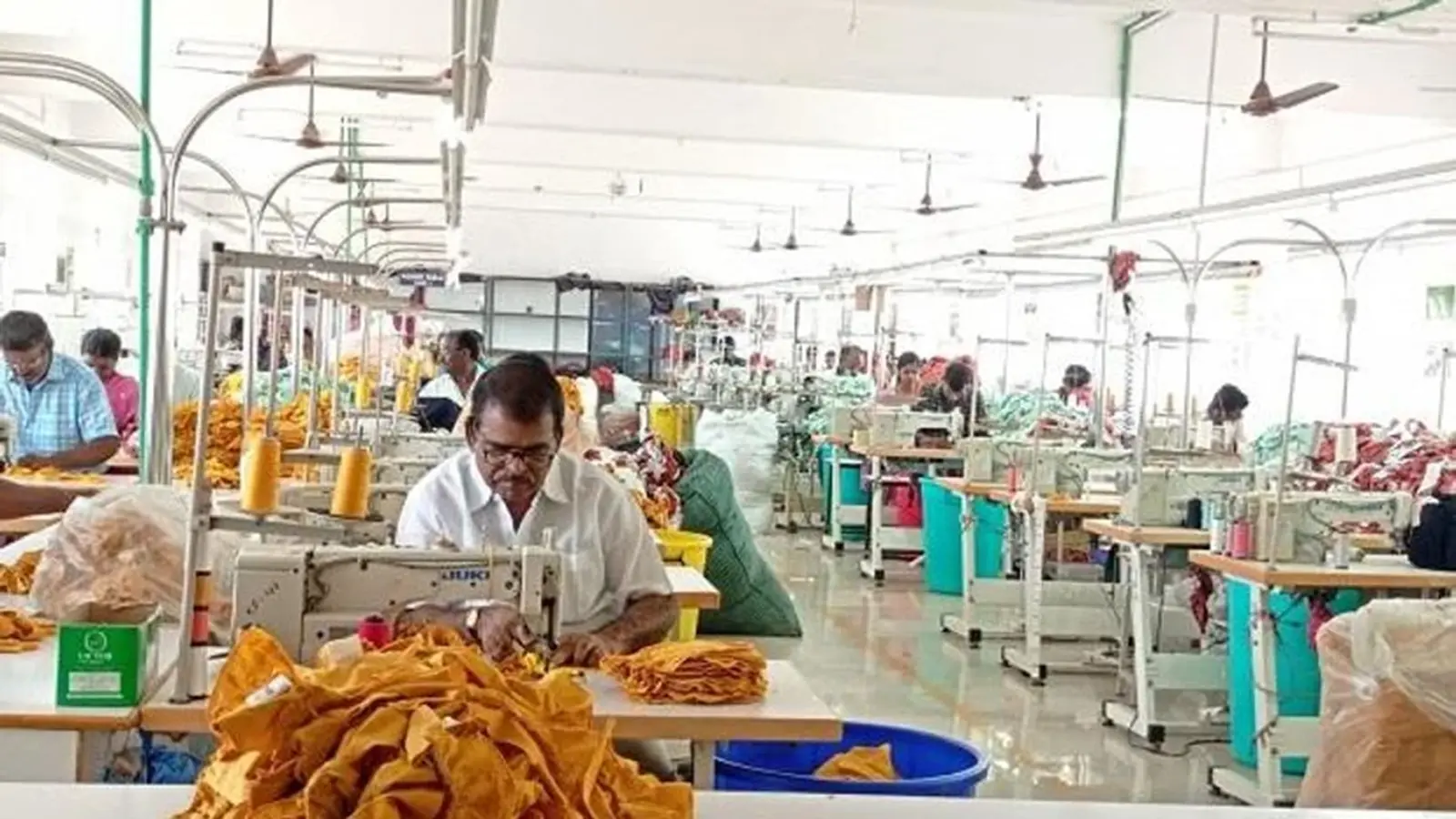
.webp)



1.webp)


1.webp)

1.webp)



































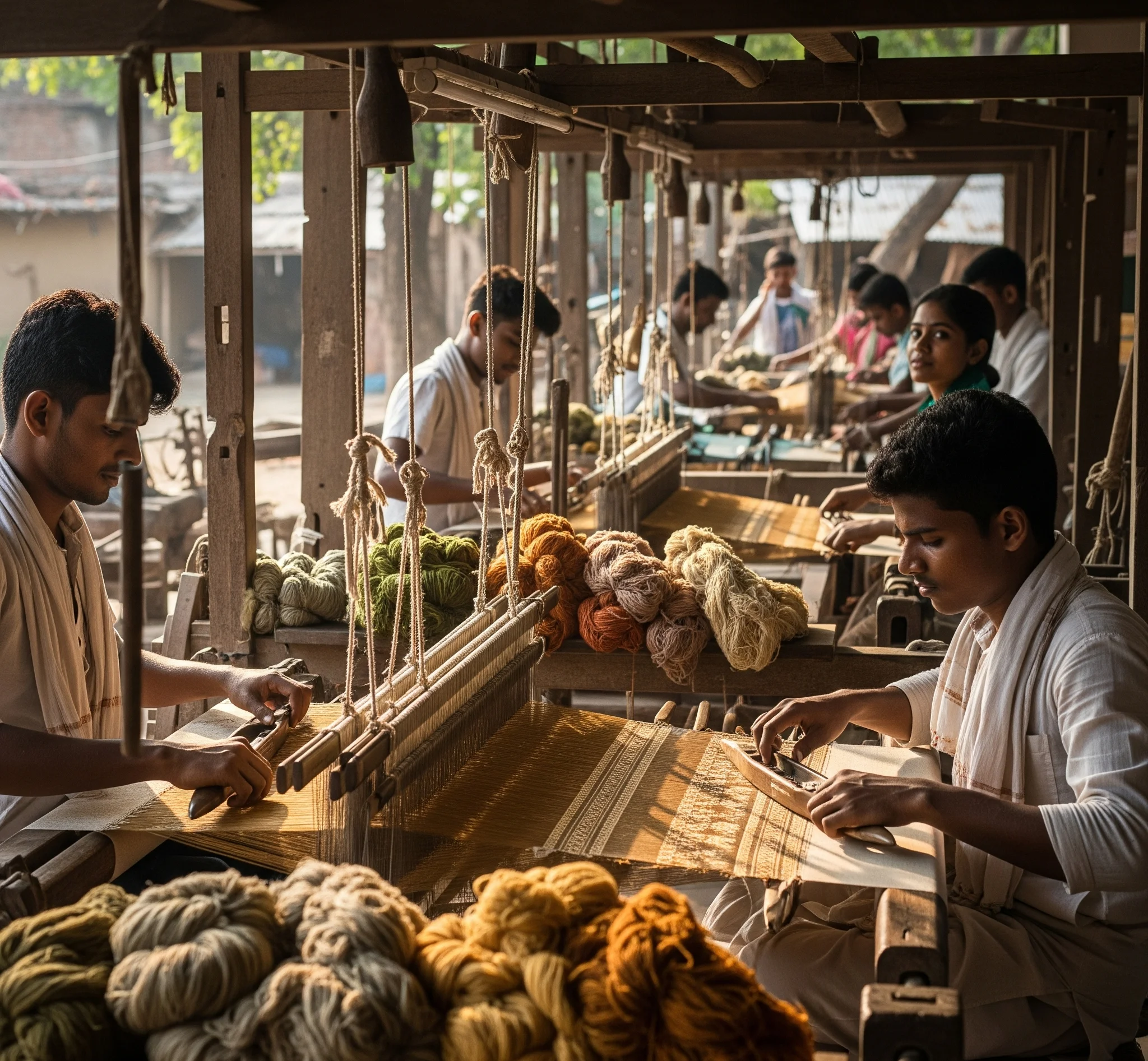





1.webp)



1.webp)
1.webp)


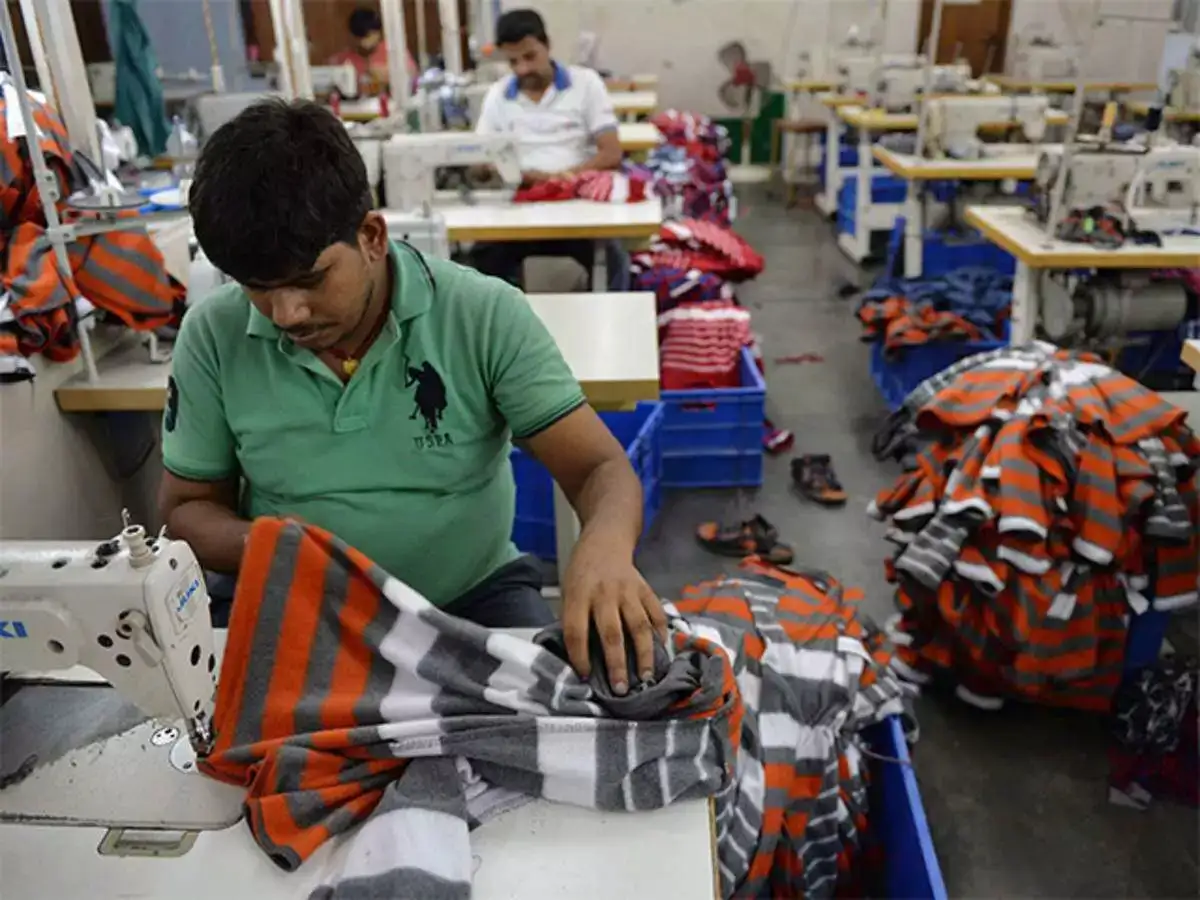




















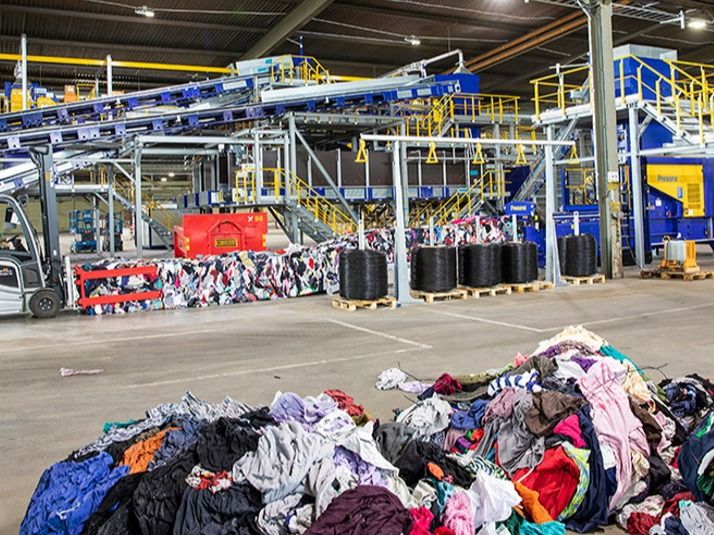



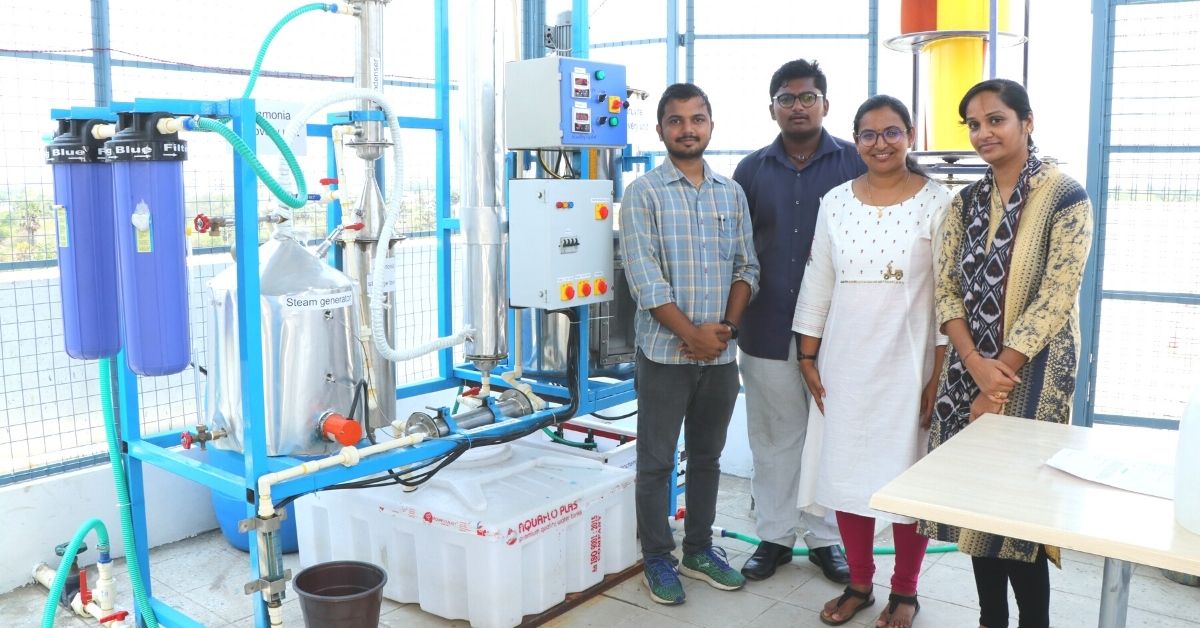


















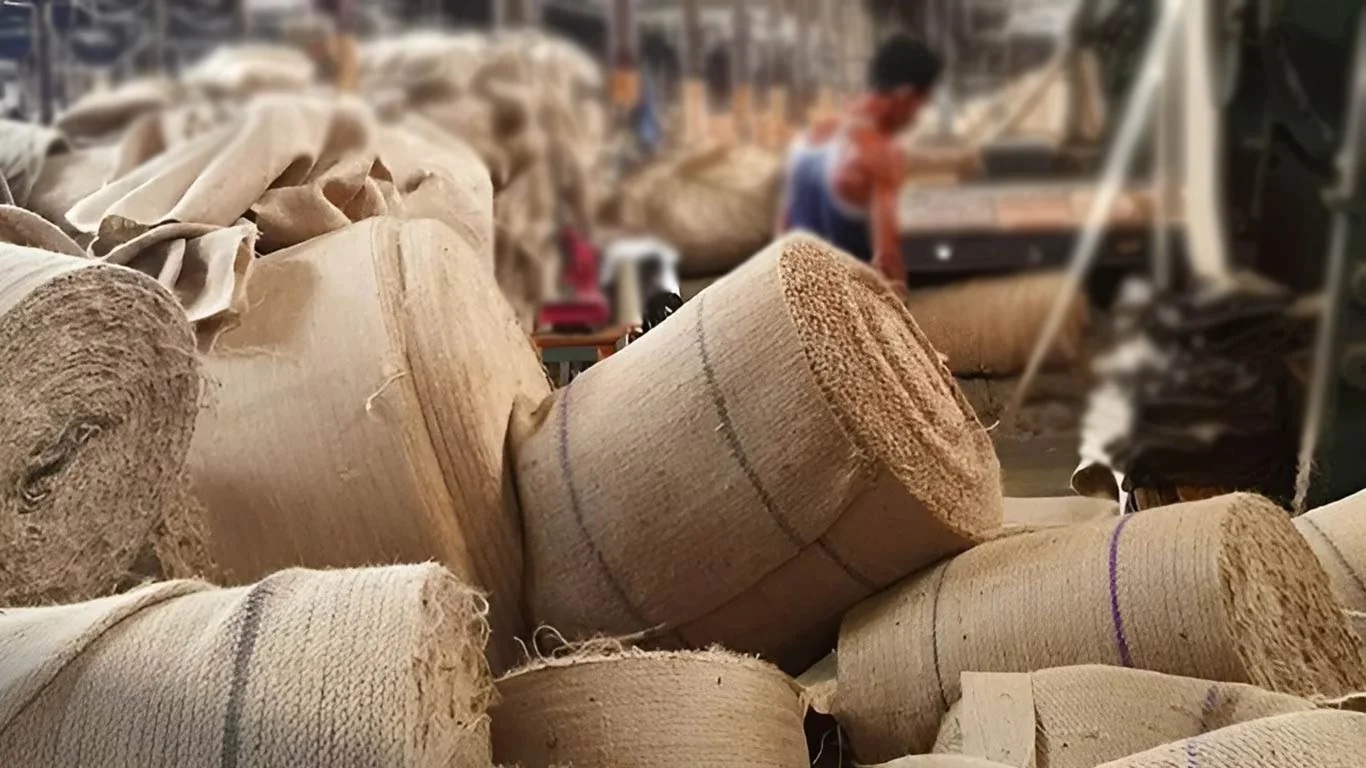


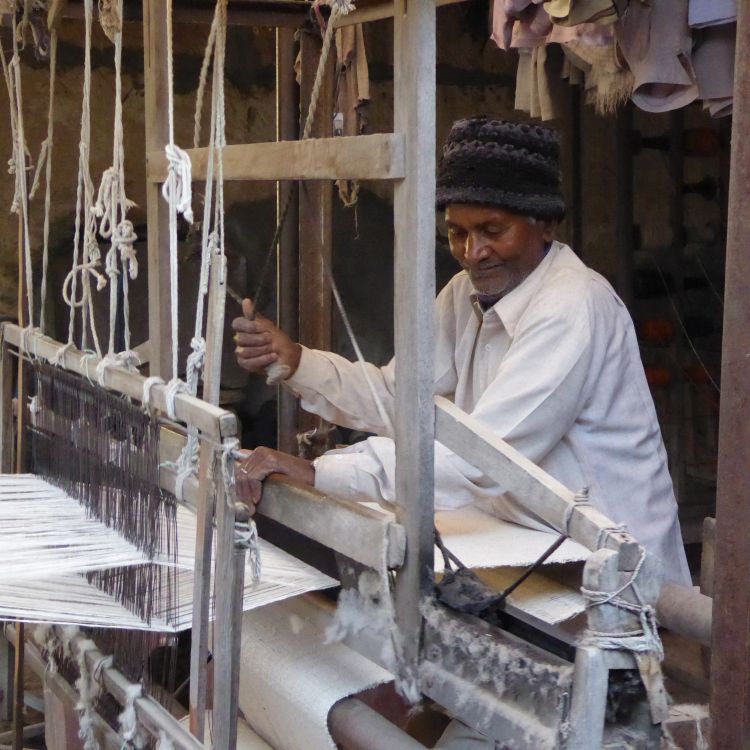
















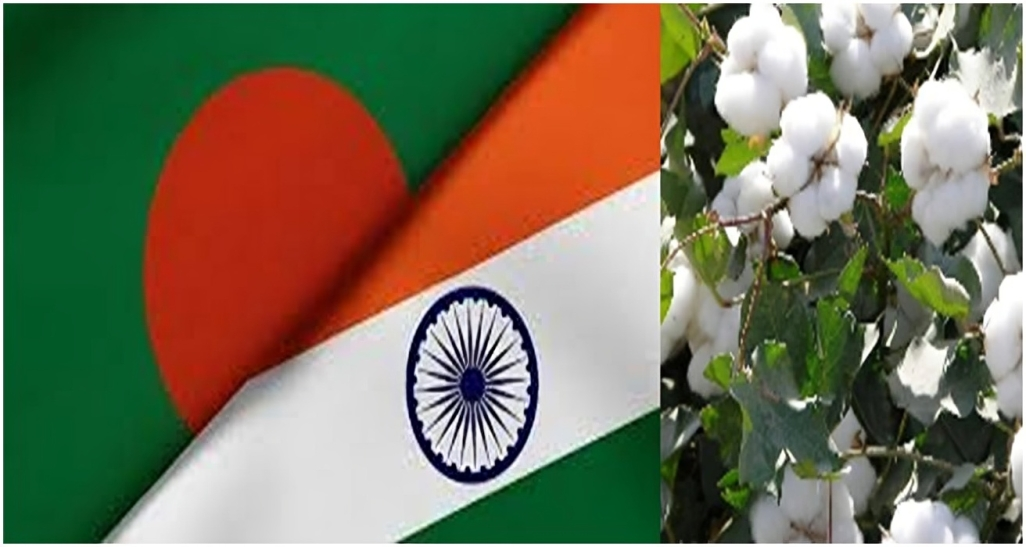
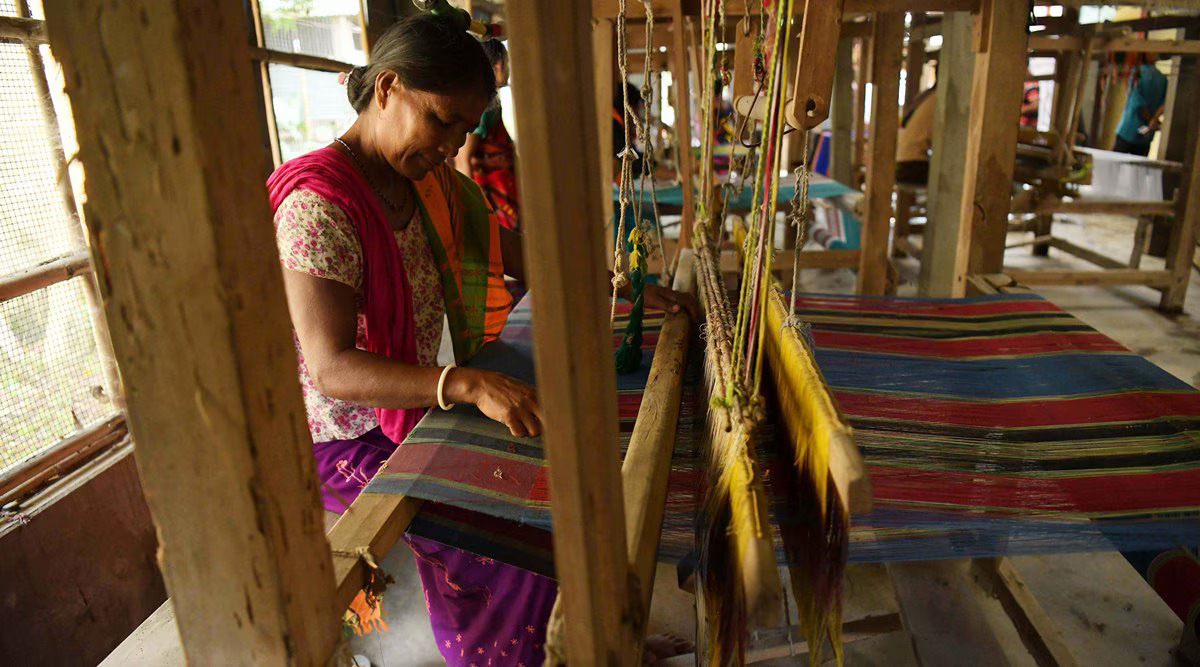


























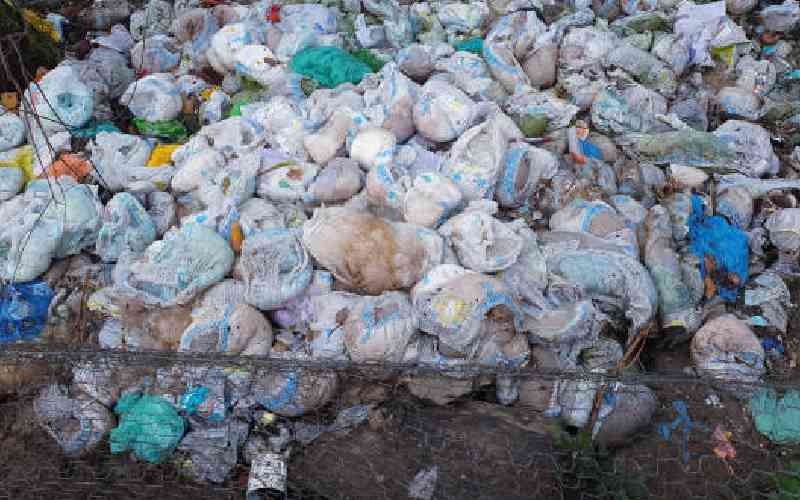











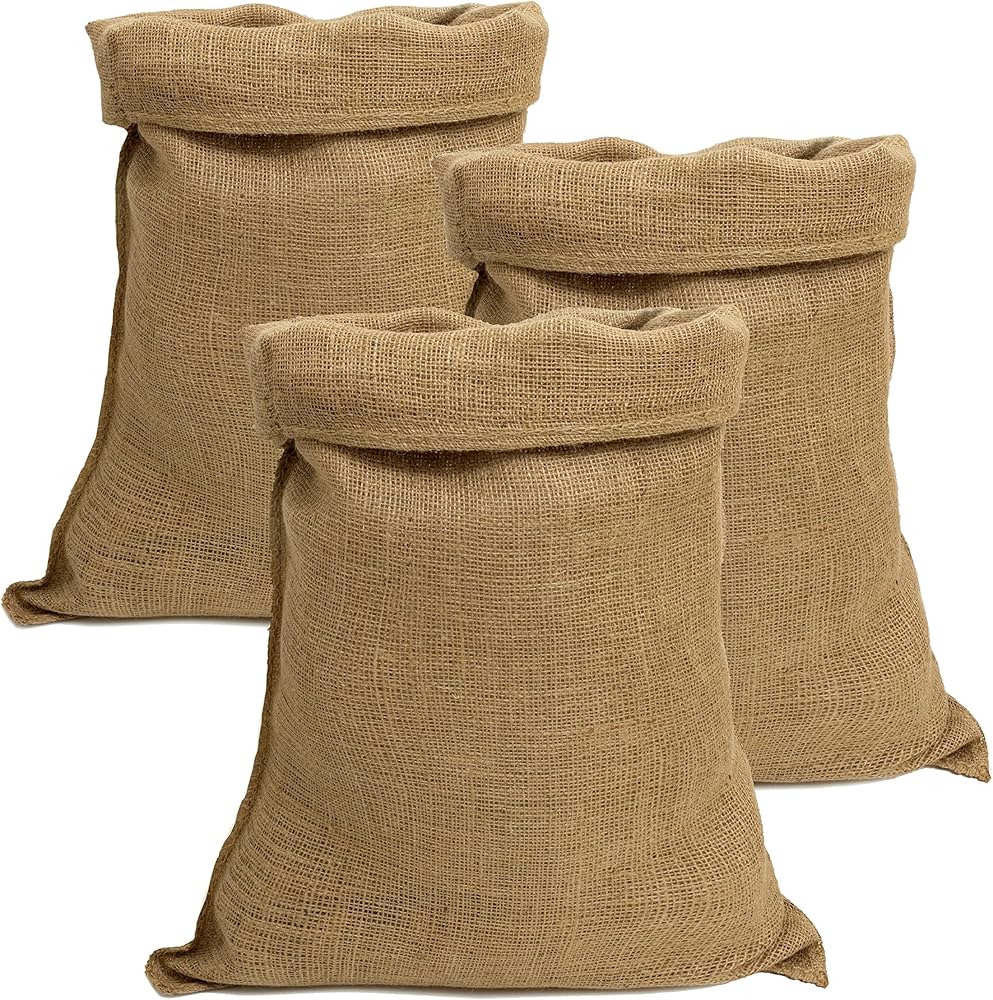










.png)











.jpg)
.jpg)
.jpg)











1.jpeg)